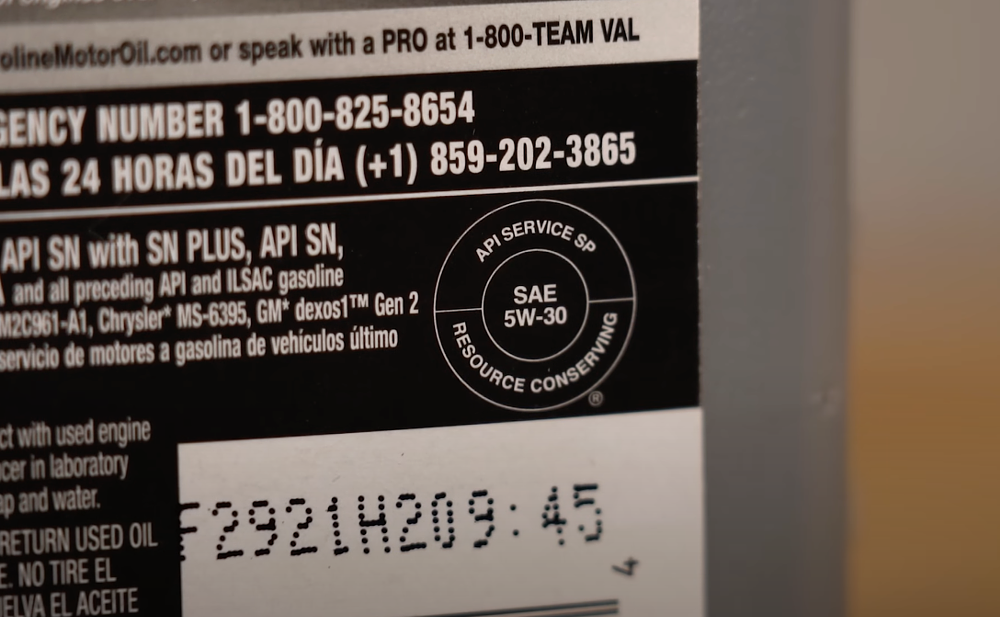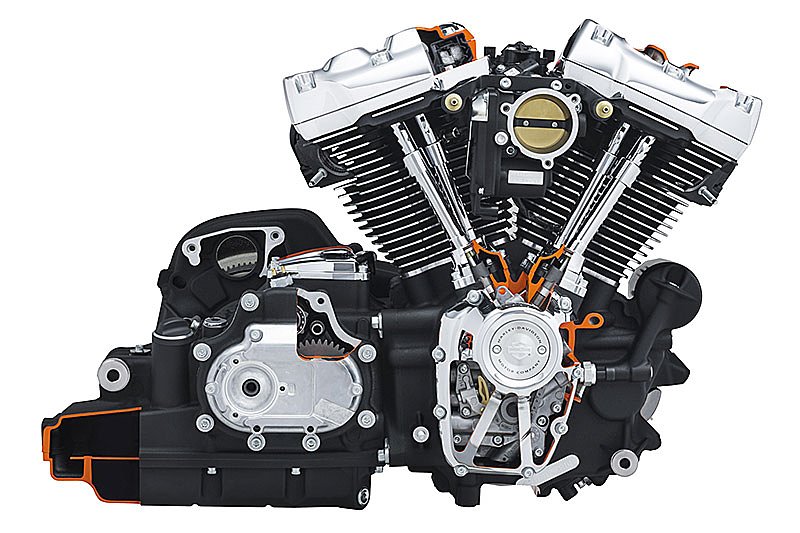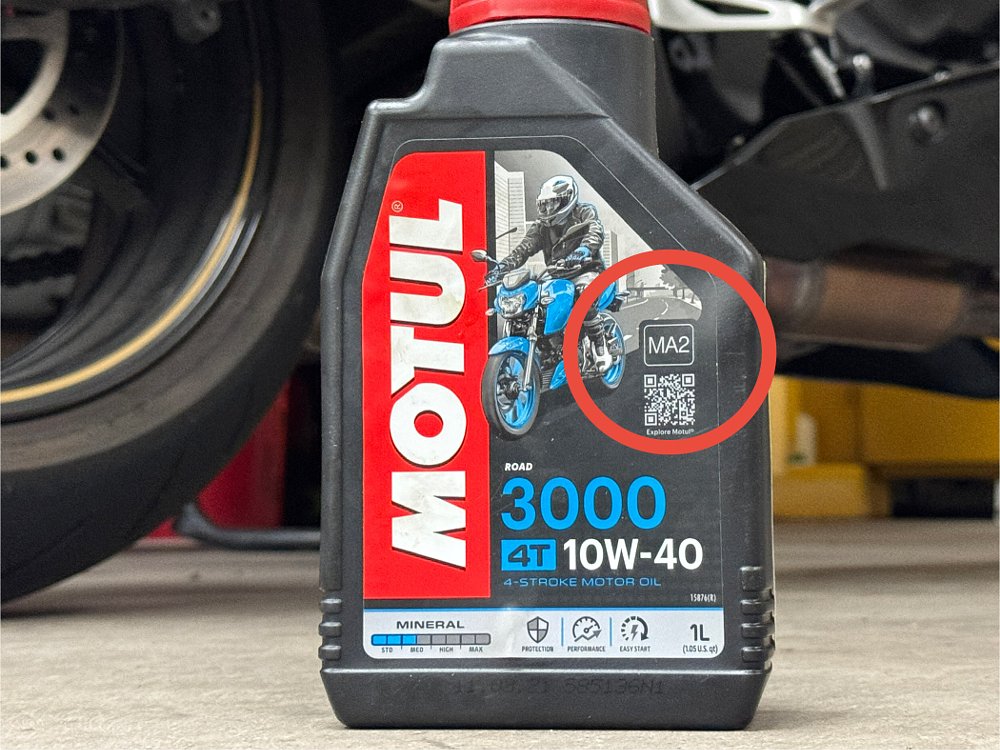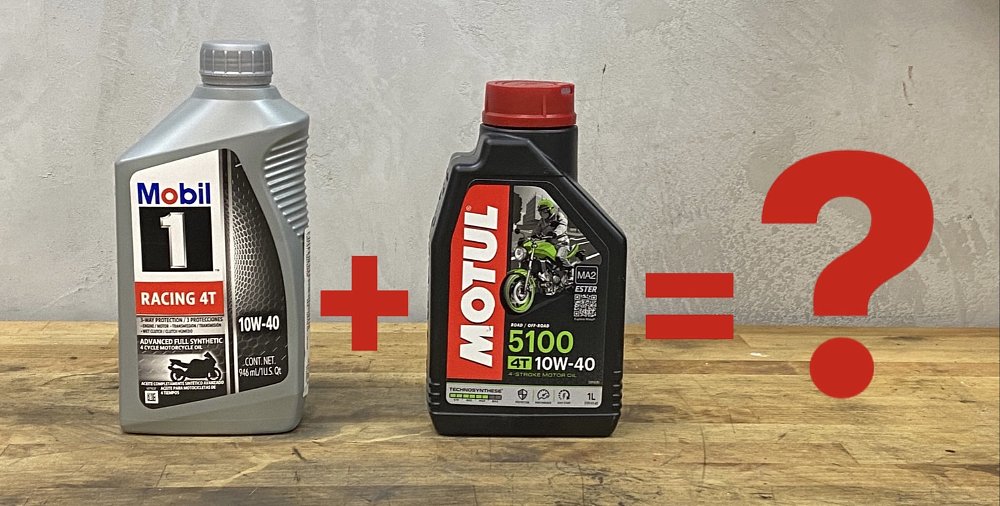Just a few decades ago, there was little to no distinction between automotive motor oil and motorcycle oil. These days, the two lubes are quite unique. What are the differences, and more importantly, what happens if you run car oil in your bike?
Motorcycle oils branched off from automotive oils in the 1980s as car oil evolved in a way that caused problems for motorcycles. Specifically, friction modifiers designed to improve fuel economy could cause a bike’s clutch to slip under acceleration.
For the most part, the “it’ll make your clutch slip” explanation is all you’ll hear when it comes to running car oil in a motorcycle. That’s not a guaranteed outcome, and frankly it’s just the tip of the iceberg. There are other differences that make auto oil unsuitable for motorcycles, and it has to do with the fact that bikes usually rev higher and run hotter than cars, and unlike autos where the oil only lubricates the engine, in many motorcycles the same oil serves the engine, clutch, and transmission.

The transmission gears crush, shear, and shred the additive package in the lube. One group of molecules that’s particularly vulnerable to this mayhem are the Viscosity Index Improvers. They’re the polymer compounds that enable modern multi-weight oils to behave like thicker oil as they heat up. This is an important behavior, because it allows the oil to flow easily at startup in cold temperatures, yet still be thick enough when hot to effectively coat engine parts and prevent wear.
VIIs come in several flavors, with some offering excellent viscosity performance at the cost of durability. Other VIIs aren’t as efficient at altering the oil’s thickness but are a lot hardier. This characteristic is known as shear stability, and it describes the molecules’ ability to maintain viscosity in the presence of mechanical and thermal stresses. Motorcycle oils tend to use more robust VIIs, and in larger quantities. Meanwhile, the isolated oil in a car engine can get by with smaller doses of more efficient, more delicate VIIs. So if you fill your motorcycle with auto oil, it has the potential to thin out prematurely, which means accelerated wear throughout your engine.
Likewise, motorcycle oil is formulated to get along with the clutch, not just to provide the right kind of friction, but also to deal with dust that’s shed as the friction plates wear. To keep this crud and other debris from forming deposits in the engine, moto oils incorporate plenty of dispersants that aren’t as big a consideration in auto oils. High-pressure additives, anti-wear additives, and other ingredients aren’t as critical in the normal automotive-oil package, either.
Clearly, running an oil that was designed to work in a motorcycle is the right call, but how do you know if an oil is appropriate for life in a high-revving, hot-running, molecule-shearing motorcycle engine? And what should you do in an emergency situation when your bike is low on oil but you don’t have access to the right stuff?

To answer the first question, there’s a whole organization dedicated to rating motorcycle oil. The JASO (Japanese Automotive Standards Organization) mandates specific tests for wet-clutch performance and shear stability, and oils that meet the JASO’s standards will carry an MA, MA1 or MA2 label on the bottle. Of course, your manual will specify which one your bike needs, but any one of them will do in a pinch.

Speaking of binds, if you’re out on a long ride or a road trip and notice your oil level is low, you’re going to want to top up, even if you don’t have JASO-rated oil handy.
Non-energy conserving auto oil of the correct weight will work, and I’ll admit to doing plenty of road-trip top-ups with auto oil, but the fact is it’s not robust enough for long-term use in bikes and is going to thin out and degrade faster. That won’t happen in 100 or 200 miles, so it’s fine to use temporarily, but plan on changing the oil ASAP to ensure your engine has proper protection from a quality motorcycle-specific oil.









